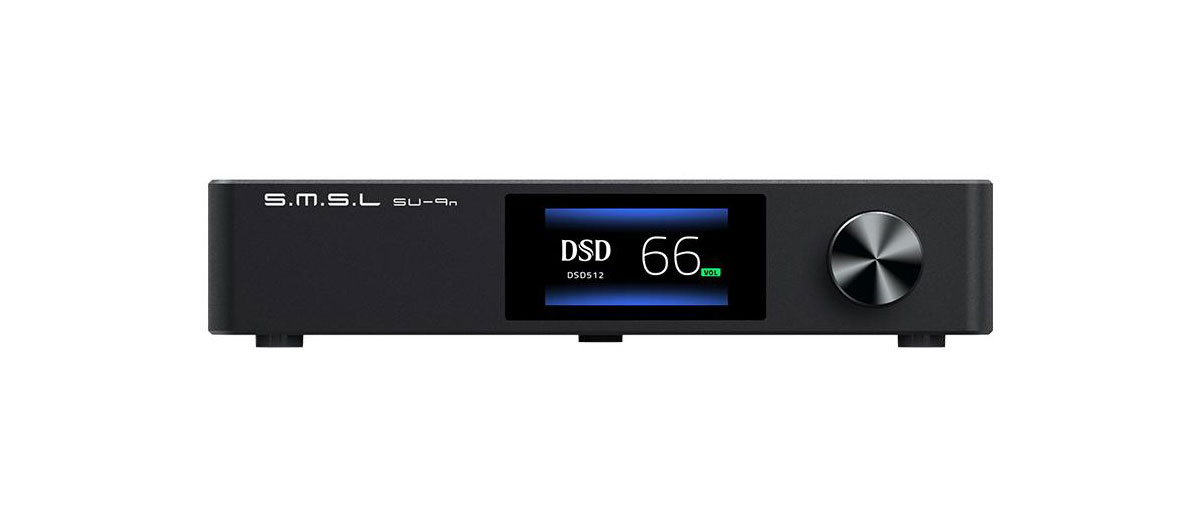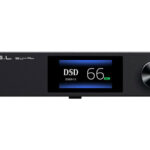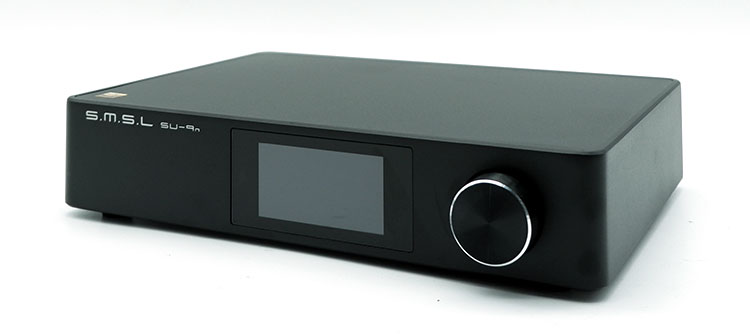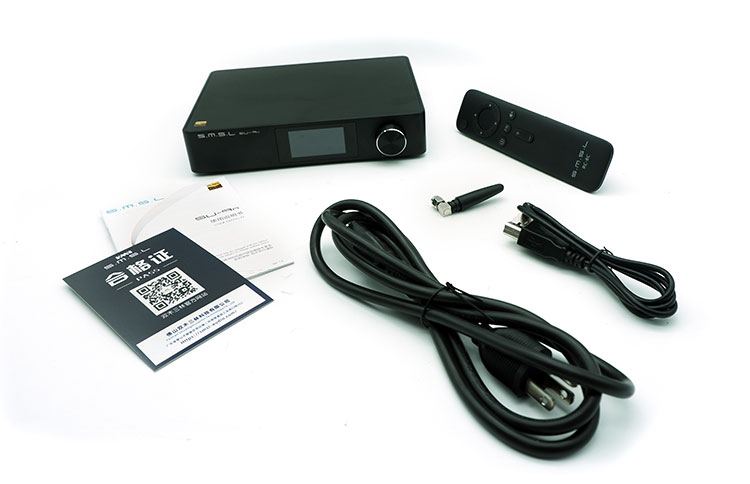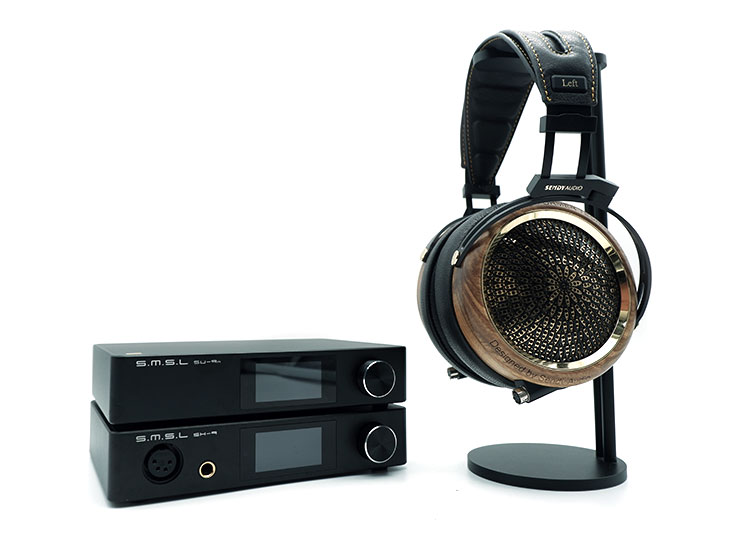The SMSL SU-9n is a desktop DAC with an ES9038PRO chipset, DSD512 support, and Bluetooth LDAC wireless capability. It is priced at $399.99.
Disclaimer: The SMSL SU-9n sent to us for this review is a sample in exchange for our honest opinion. We thank Shenzhen Audio and SMSL for giving us this opportunity.
To read more about SMSL products we have reviewed on Headfonics click here.
Note, this 2-page review follows our new scoring guidelines for 2021 which you can read up on here.
It has only been a year since we reviewed SMSL’s SU-9, which can be considered as SMSL’s mid-tier DAC offering. They have since added a few other offerings into their midrange with the update of their SU-8 series with the SU-8s, which is meant to offer some of the SU-9’s features with internals that are a step behind the SU-9.
Now, SMSL has released a variation of their original SU-9 in the SU-9n. At first glance, it seems like the SU-9n has a very similar set of specifications except that it lacks MQA support, so does the “n” mean “No MQA”?
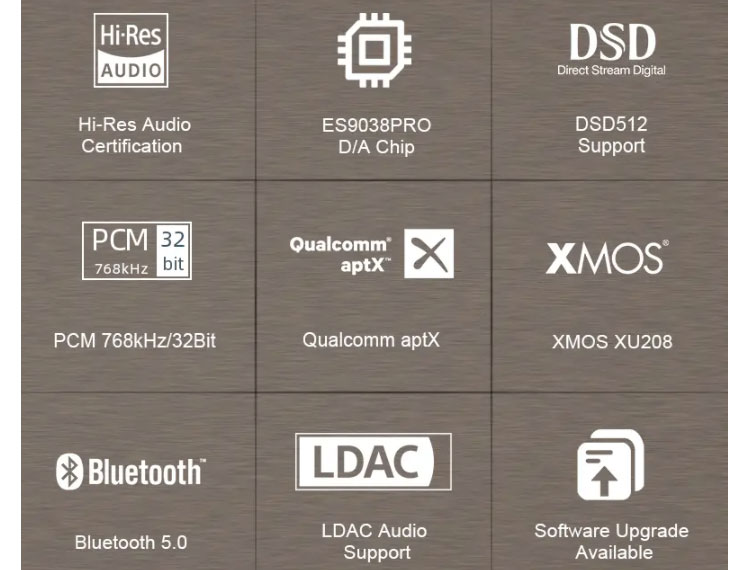
Tech Highlights
Internally, the SU-9n uses ESS’ top-tier DAC chip with the ES9038 Pro DA converter as well as an XMOS XU208 USB controller.
Working in conjunction, the USB controller and the DA converter allows the SU-9n to decode streams up to 32bit/768kHz PCM and DSD512. It also has Bluetooth support with aptX, aptX HD, and LDAC codecs while UAT support is sadly absent.
What makes the SU-9n interesting though is that it has improvements with the clock circuit since it now has a CK-02 clock processing circuit. This is meant to reduce jitter, which in turn would make timing information more accurate.
Aside from the updated clock, the SU-9n also features an ES9311 power supply control chip which ensures that the ripple voltage of the power supply maxes out at 1µV. These enhancements combined with the power supply and the clock ensure that the SU-9n has a THD+N of just 0.00006%.
Design
When it comes to the physical attributes of the SU-9n, there aren’t many surprises, as it mainly takes on the same chassis and dimensions as the original SU-9. Having the same black aluminum chassis, the SU-9n feels substantial while being compact enough to sit neatly on my desk.
The front of the device features a 1.9” TFT screen, and a volume knob that can also be used for menu navigation. At the rear of the device, there is of course a standard IEC power inlet, the standard digital input options, a Bluetooth antenna input, and the analog outputs.
The arrangement of the rear of the device is nicely spaced out, so cables wouldn’t end up crowding together even when all the input and output connections are used at the same time.
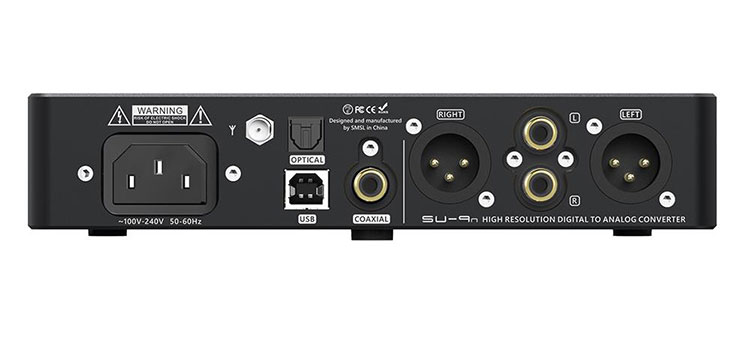
I/O
Looking at the rear of the device, the SU-9n has your standard digital inputs with the availability of USB, coaxial, optical, and even a Bluetooth 5.0 connection. This set of available input options allow the SU-9n to be flexible enough for most applications.
The outputs on the other hand come in both a pair of single-ended RCA or a pair of balanced XLR outputs. Both outputs are always active, and there is no way to turn either output off.
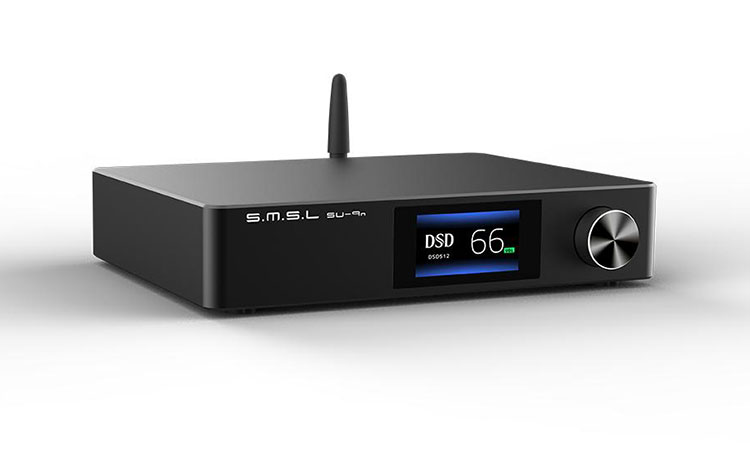
Controls
Typical of most SMSL DACs, the SU-9n allows the user to modify the available menu options using the volume knob in front of the device. The control interface is intuitive since the menu is text-based and each option is clearly shown on the 1.9” TFT screen.
The available menu options include input selection, PCM filter, DSD filter, Sound Color, Pre Mode, DPLL, Dimmer, Brightness, Reset, and Version. Going deeper into the menu allows for changing the specific functions in these menu options. Interestingly, there are no controls over which output is running, so both outputs will constantly be running.
Another option for controlling the SU-9n is through the provided remote control. The remote control that comes with the SU-9n is a new version that is designed to be more accurate than the previous version of SMSL’s packaged remote control.
All the functions that can be done using the volume knob in front of the device can also be done using the packaged remote control. One omission that should be noted though is that the new remote control doesn’t have ‘A’, ‘B’, and ‘C’ buttons anymore, so I’m worried about how the new remote control would handle controlling a stack of SMSL devices.
Packaging & Accessories
Being part of SMSL’s 9 series, it comes with the same packing and box as the other members of the series. The box arrives with an outer sleeve that covers the box itself. Inside the box are foam inserts that keep the device and related accessories safe while in transit and storage.
Aside from the SU-9n itself, it also arrives with the Bluetooth antenna, the standard IEC power cable, a remote control, a USB cable, and the manual and warranty information. As mentioned earlier, the remote control that comes with the SU-9n is an updated version of the SMSL remote, so this version has rounded edges, instead of the sharper edges on the previous version.
Sound Impressions
Summary
The SU-9n stays generally safe when it comes to its tonal balance, as it remains generally neutral, allowing all the frequencies to shine through easily.
However, this doesn’t mean that the SU-9n is boring, in fact, it presents an interesting take on music that allows the SU-9n to have a good amount of presence and character while making details and nuance readily available.
Timbre
What’s immediately apparent with the SU-9n is that it has a generally thicker presentation. With bass being thick and lush, bass notes have a considerable amount of heft and body. This shouldn’t be mistaken to mean that the bass is slow, since the speed of the attack is about right, only lacking that last bit of edginess with each drum hit.
On the first listen, the bass on the SU-9n is balanced and extended well into the sub-bass. However, when it comes to the rumble of the sub-bass, there is less of an environmental effect, instead, there is more of a localized sub-bass presence which is similar to having a subwoofer in the room.
The vocal presentation with the SU-9n has a more liquid and euphonic character which allows vocalists like Adele to maintain that rough and edgy quality while being injected with a bit of euphony. Despite the more euphonic presentation, a good balance between the midrange and the upper midrange ensures the vocal range won’t become too shouty.
Playing tracks that focus on pianos, the SU-9n maintains that thicker presentation, however, the quality of each keystroke with pianos tends to lose that percussive quality as it ends up sounding more dispersed. Similarly, guitars take on that thicker presentation making guitar plucks thicker while maintaining a reasonable amount of texture and nuance.
Cymbal crashes are well defined, but that thicker quality is still retained well into the treble range, and this gives treble frequencies more body and substance.
The edginess of cymbal hits and wind instruments are generally maintained, while the decay in each note is properly articulated. Treble extension on the SU-9n is executed properly, meaning it’s extended properly while being faithfully flat.
Staging & Dynamics
The flat upper treble presentation on the SU-9n allows it to properly convey soundstage and imaging presentation. While the soundstage created with the SU-9n won’t become particularly wide, it remains faithful to the music being played.
Creating images within the soundstage is generally accurate, so creating a center image and images in both directional extremes is executed with ease.
Between the directional extremes and the center image, however, the images end up being more sparse and slightly less defined. The placement of the images is generally accurate, it won’t be the last word in delineation between images.
With a soundstage that is properly laid down, the images have enough room to play around in. Although there is a decent amount of depth that can be perceived, the images formed within the soundstage tend to overlap with each other at times.
With the thicker presentation of the SU-9n, it consequently tends to play louder than it ought to, while gentler passages aren’t as silent as I expected.
Synergy
Wired connections
Since it comes from the same series, the first amplifier that I tried pairing with the SU-9n is the amplifier that was made to complement the SU-9, the SH-9.
The SH-9 is a THX 888 based amplifier, so it has a generally drier and colder presentation while having a neutral tonal balance. This allows for the pairing to thrive as a more balanced pairing, as the drier character of the SH-9 balances out the thicker presentation on the SU-9n.
It allows most of my headphones to maintain their stock tonality, so essentially the SU-9n/SH-9 combo can effectively be thought of as not getting in the way of headphones. So with headphones that have a pleasing presentation like the HarmonicDyne Poseidon, the pairing simply doesn’t get in the way.
Interestingly, this pairing also does well with a pairing with the Sendy Audio Peacock as its more neutral but generally dynamic character maintained control over the more liquid presentation of the Peacock.
Another interesting pairing is with the Topping A30 Pro, which is not as strictly neutral as the SH-9. This pairing creates a warmer presentation while having an appropriate amount of attack and decay while injecting a breath of fresh air which makes imaging separation more apparent.
These characteristics allow headphones like the Sivga Pheonix to shine through, as the added bass warmth and weight complements the more euphonic vocal presentation. The airier and delineated soundstage presentation of the Phoenix ensures that the images are properly spaced out.
Bluetooth Connection
It’s nice that SMSL includes an option for Bluetooth connection with most of their DACs, so that streaming from your phone would be an option. However, there are some glaring differences between the Bluetooth connection and the wired options on the SU-9n.
While the Bluetooth connection maintains the generally neutral tonal balance of the SU-9n, compared to the wired connection, the Bluetooth connection makes the soundstage presentation even less layered. There is also a step back in overall detail retrieval particularly in terms of the vocal presentation where the nuance is much harder to pick out.
Click on page 2 below for select comparisons

